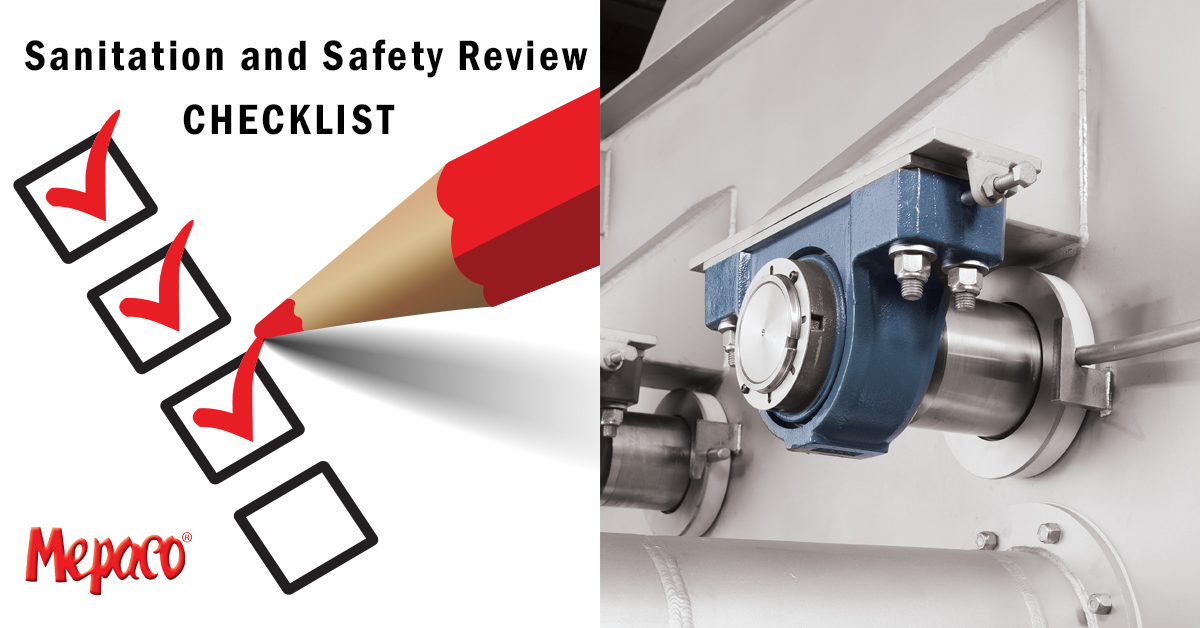
An equipment safety and sanitation audit can provide direction for implementing improvement procedures and specifying equipment updates that mitigate risk and solve for safety and production goals. Here’s an excerpt from our audit checklist:
- Are all parts of the equipment readily accessible for inspection, maintenance, sanitation?
- Is there any evidence of premature wear on parts?
- Does the equipment properly self-drain to assure food product, water or sanitizing fluids do not accumulate?
- Are all hollow areas removed where possible or permanently sealed to eliminate any harborage areas?
- During operation, does the equipment perform properly as not to contribute to unsanitary conditions?
- Is the equipment free of niches, pits, cracks, corrosion, recessed, open seams, gaps inside threads, bolt rivets, protruding ledges, rusting and dead ends?
- Are the enclosures and HMIs designed, constructed, and maintained to ensure food product, water or other liquids do not penetrate or accumulate on the enclosure or interface?
- Is there adequate space between the floor and the equipment body for sanitation?
- Are bearings, gear motors and hydraulic system sealed, guarded, and/or mounted away from the product zone?Our 25-point checklist walks through compatibility, compliance, food safety risk and personnel safety.Contact a technical sales manager for a plant visit risk review.
